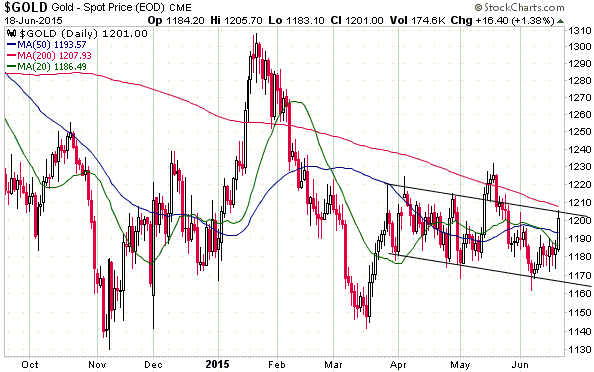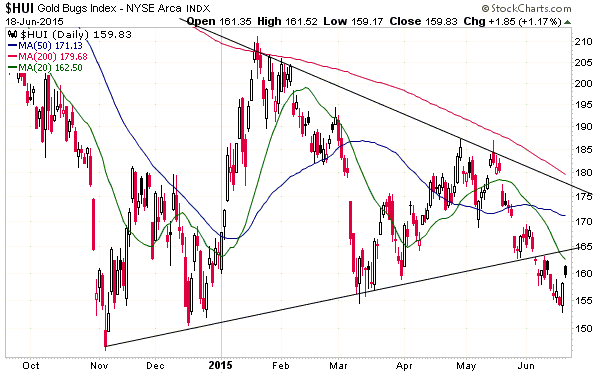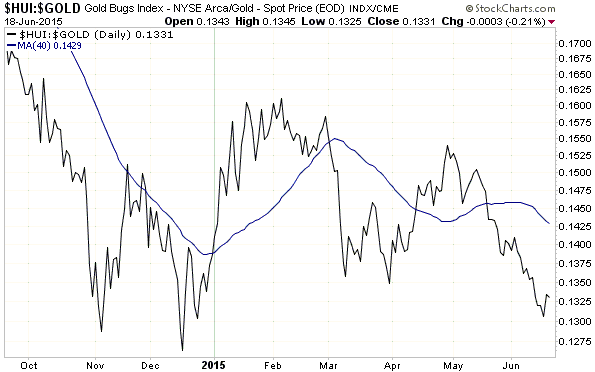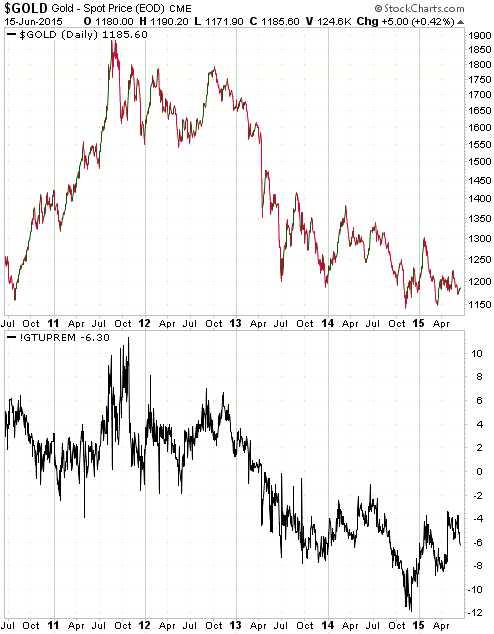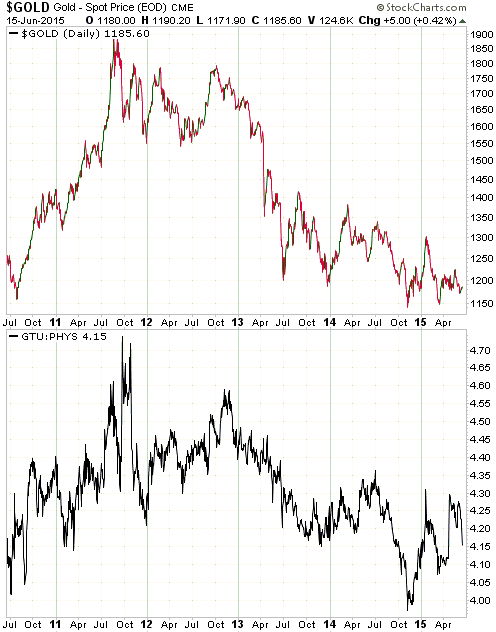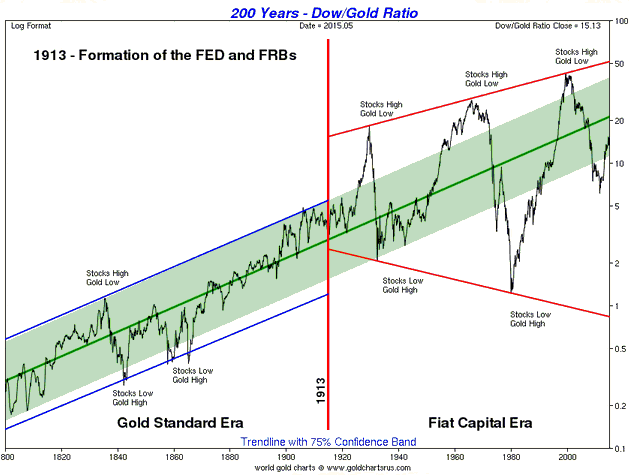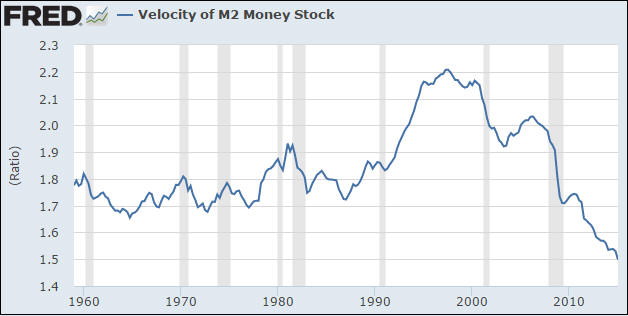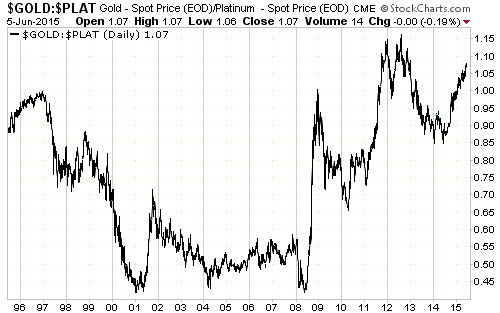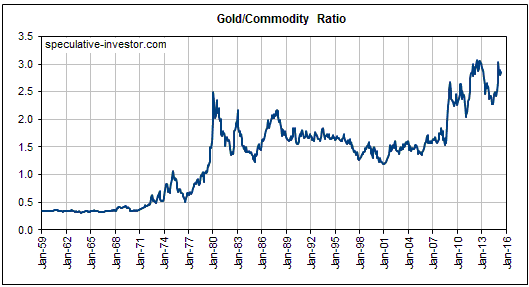The following charts are sending conflicting signals about gold-related investments. Which one is right? We could find out over the next 2 trading days.
Some commentary relating to these charts will be sent to TSI subscribers within the next couple of hours.
BULLISH:
NEUTRAL:
BEARISH:
VERY BEARISH:
 Print This Post
Print This Post


